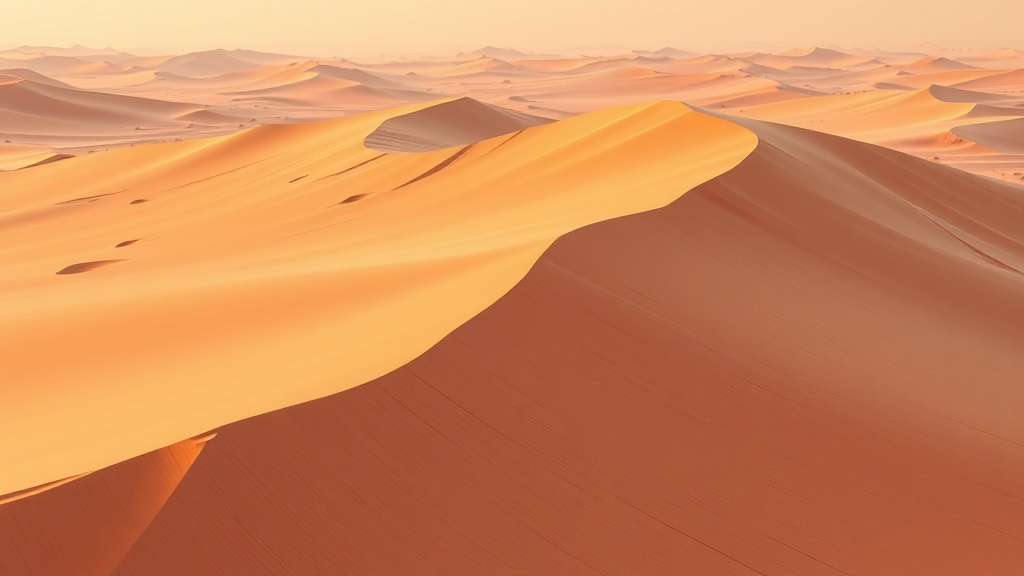Home / Science / Martian Dunes Come Alive as Dry Ice Carves Mysterious Gullies
Martian Dunes Come Alive as Dry Ice Carves Mysterious Gullies
16 Oct
Summary
- Blocks of dry ice on Mars carve gullies as they melt and blast away sand
- Researchers simulate the process in a Mars-like environment, observing "sandworm-like" behavior
- Findings challenge previous assumptions about Mars' lack of geological activity

According to a new study, the strange, sinuous trenches etched into desert dunes on Mars are not the work of running water or giant worms, as some had speculated, but rather the result of blocks of dry ice that form during the Martian winter.
As spring approaches and temperatures warm, the sand heats up, causing the blocks of carbon dioxide ice to break off and slide downslope. The gas trapped beneath the ice builds pressure until it vents explosively, lifting and propelling the ice downslope. As the ice glides, it plows a narrow trench and pushes sand aside into small levees, forming miniature versions of the gullies seen across Mars from orbit.
Researchers at Utrecht University have simulated this process in a Mars-like environment, placing carbon dioxide ice blocks atop small sand dunes under low pressure and frigid temperatures. They observed the ice blocks begin to "dig into the slope and move downwards just like a burrowing mole or the sandworms from 'Dune.'" This finding helps rule out other possible sources behind these gullies, such as liquid water, which would have implications for potential Martian habitability.
Advertisement
The study demonstrates that Mars can still reshape itself today, even without rivers or rainfall, offering new insights into the planet's landscape and underlying processes.



